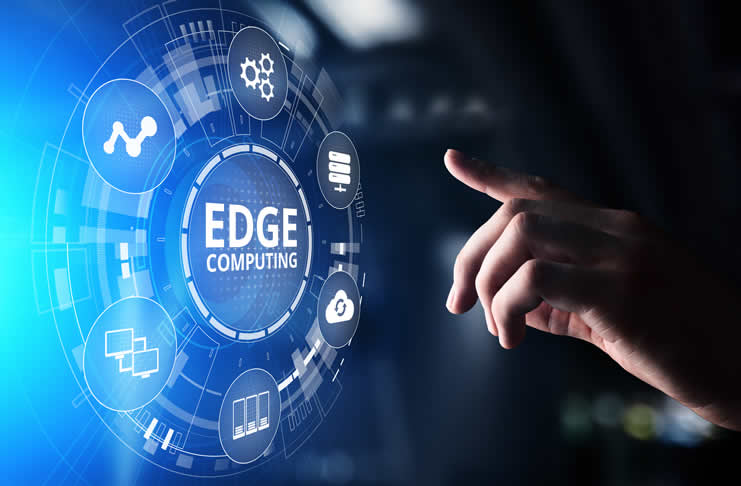Innovation in the computing industry has left no stones unturned in the modern era where everything is moving towards digitization. Edge computing is one such technology that has made its way into the majority of businesses and industries and is thus gaining popularity due to the huge computing demands of cloud users and massive data explosion through IoT.

It is most certainly true that IoT has paved the way to move data processing closer to its source. This means the adoption of edge computing is most likely. That said, a recent survey also found that edge computing will be reaching ‘peak productivity’ in the very near future.
Must Read: What is Edge Computing and Why does it Matter?
Just like cloud computing, edge computing is a significant IT infrastructure that is going to stay forever. It will be all around us. In fact, as also predicted by IT professionals in recent reports, Edge computing will capture nearly $3.24 billion of the market globally by 2025. This is because all industries, whether oil and gas, power utilities, aerospace, automotive, or any other will be using edge computing to optimize their operations.
Business associates from various industries are finding Edge Computing the best way to streamline their IoT traffic and facilitate real-time, local data analysis.
The State of Edge Computing Today
Talking about the importance of edge computing today, we’d first like to tell you that it is the pandemic that’s compelling enterprises to rapidly move their critical workload to the cloud in order to ensure the seamless functioning of their business. And since the cloud is gaining momentum, and enterprises are frantically looking for ways to optimize their network, storage data, and be more agile, edge computing has turned out to be the perfect solution.
Now, let us shortly take you through the spectrum of the IT infrastructure to better explain how edge computing fits in it. Getting to the basics first, Edge computing is a type of distributed architecture in which data processing occurs close to the source of data, that is, at the “edge” of the system. This approach is what results in reducing the need to bounce data back and forth between the cloud and devices while maintaining consistent performance. The sure short benefits of this technological development are that it reduces latency in data transmission and computation and enhances agility. It is an optimized solution for decentralized infrastructures which ultimately brings compute, storage, and network services closer to endpoints and end-users to improve overall application performance.
Also Read: Distributed Cloud Computing – Its Challenges and Opportunities
Now, let’s take a closer look at the reasons why edge computing is gaining popularity:
– The introduction of emerging technologies with the use of IoT has led data to be generated in real-time. This led devices enabled by these technologies to require a high response time and a considerable bandwidth for proper operation.
– Cloud computing is centralised. Transmitting and processing massive quantities of raw data puts a significant load on the network’s bandwidth.
– Incessant movement of large quantities of data back and forth is beyond reasonable cost-effectiveness and leads to latency.
– Processing data at the source and then sending valuable data to the center is a more efficient solution.
– As organizations move back to remote working models, we will witness wider adoption of edge computing as it empowers remote work infrastructure with greater computation and storage capabilities.
The Instant Benefits of Edge Computing
• Real-time or faster data processing & analysis: Lower latency saves a majority of the lag time by processing data closer to its source.
• Lower cost: Expenses for all enterprises will reduce as data management solutions for local devices is less in comparison to cloud & data center networks.
• Lower network traffic: Network bandwidth has become limited in many ways, leading to overwhelming the cloud and thus leading to a greater bottleneck of data.
As IoT gains popularity, the advantages of edge computing will continue to be explored.
Recommended Read: The Role of Cloud Computing and Data Analytics in the Retail Sector
For more articles like “The Reason Behind Edge Computing Gaining Popularity”, follow us on Facebook, Twitter, and LinkedIn.